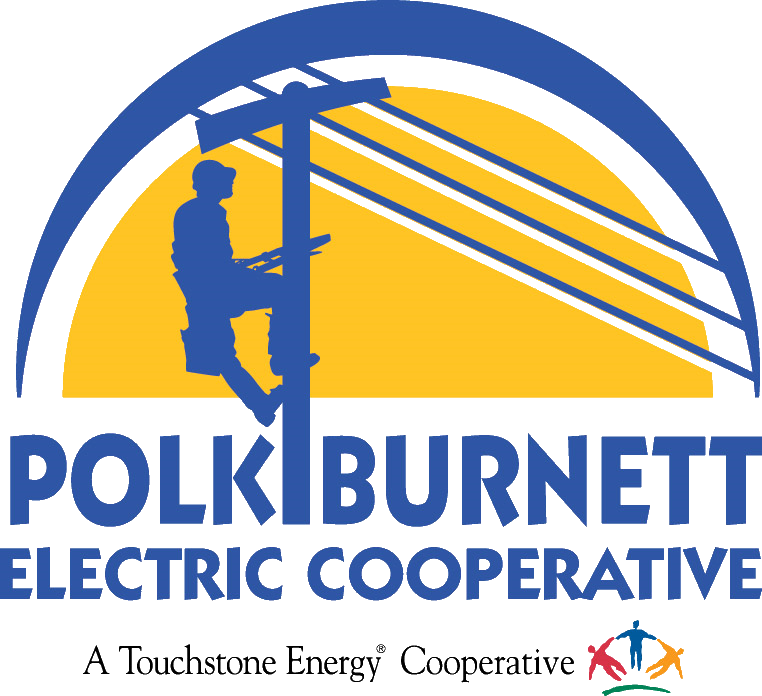 Understanding the benefits of blinks and planned outages
Understanding the benefits of blinks and planned outages
by General Manager Steve Stroshane and Operations Manager Jason Evenson
 Members told us in our 2024 survey that reliability has improved over the past two decades, with fewer blinks and outages! We appreciate your feedback, because it means our investment in the system is paying off. Each year, the co-op follows a strategic work plan to reduce the number and duration of power outages. The work plan is approved by the board and executed by our operations crew.
Members told us in our 2024 survey that reliability has improved over the past two decades, with fewer blinks and outages! We appreciate your feedback, because it means our investment in the system is paying off. Each year, the co-op follows a strategic work plan to reduce the number and duration of power outages. The work plan is approved by the board and executed by our operations crew.
In 2025, we will invest $6.1 million to replace aging equipment, update and protect substations, clear vegetation from power lines, and convert overhead to underground lines in areas where it makes financial and operational sense. Thanks to this investment of manpower and money, Polk-Burnett members experience an average of less than one hour without power per year, excluding storms and major events.
We work to strengthen the grid because no one likes power outages. But do you know there are two types of outages that are actually beneficial? This month, we'd like to share how blinks and planned outages reduce extended outages and keep the system running smoothly.
Why do lights blink?
Have you ever noticed your lights blink during a thunderstorm? Or your small appliances beep, then immediately power back on? These brief interruptions in your electric service are power blinks. They are typically caused by a fault on a power line when tree branches or animals, like squirrels and birds, contact an energized power line.
Beyond trimming trees and installing animal guards, we also use protective devices, called reclosers, on power lines that act like high-voltage circuit breakers. When a fault occurs on a power line, instead of blowing a fuse where everyone downstream loses power, reclosers work to detect the fault using a series of blinks. If the fault clears after one or two blinks, the recloser's job is done. However, if the fault is still present after two blinks, your power will go out. Believe it or not, these brief power blinks are actually a good thing, because it means our equipment is working as it should to protect power lines from extensive damage and prevent a prolonged outage for our members.
Why does the co-op plan outages?
Another type of outage that helps us all in the long run is a planned outage. Have you ever received a phone call from Polk-Burnett informing you of a planned outage? You may have wondered, "Why would the co-op intentionally shut off my power?"
Over the years, the equipment that delivers power to your home will need to be repaired or replaced. Even though much of our work can be done while power lines are energized (much more today than in the past), it is sometimes necessary to de-energize high-voltage power lines to keep members, our crew and community safe while we work.
Each year, the co-op schedules about 1,000 planned outages to safely work on portions of the electric system. Planned outages impact a small number of members and can last from a couple minutes to a couple hours.
In addition to safety, planning an outage allows us to keep you informed of when and how long you will be without service, so you can be prepared.
The next time you hear about a planned outage, know it is one of the best ways we can provide you with safe, reliable service. Repairing and upgrading essential equipment via planned outages is critical for optimal performance and public safety.
Thank you for your understanding and patience.
Please keep your phone number and account information up to date, so we can contact you about planned outages and deliver the best member service. Update your account on SmartHub, our website or 800-421-0283, ext. 335. We're happy to assist.

